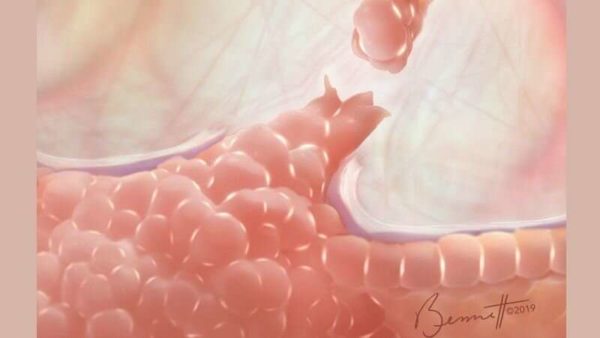Metastasis is a major cause of death in cancer patients. According to the inverse relationship between migration and E-cadherin levels in vitro, it has been proposed that invasion and metastasis of the surrounding tissues begin after the loss of the intercellular adhesion protein E-cadherin. However, this hypothesis is inconsistent with the observation that the majority of breast cancers are invasive ductal carcinomas and express E-cadherin in the primary tumor and…
Author: biomart
TDP-43 and Paraspeckle: Key Factor to Determine Stem Cells Differentiated or Remain Pluripotent
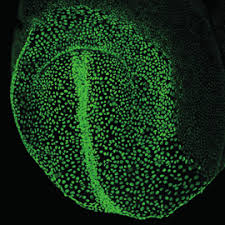
Induced pluripotent stem cells (iPS cells) can be transformed into any cells in the body or maintain their original form. In a new study, researchers from research institutions such as the Helmholtz Center in Germany described how cells decide which of these two directions to choose. In their research, they identified a protein and a ribonucleic acid (RNA) that played a very important role in this process. Their findings also…
New Research Reveals How Light-sensitive Proteins Regulate Skin Tone

A team at Brown University found that Opsin3 is a protein closely related to rhodopsin, a protein that enables low-light vision. It regulates the amount of pigment produced in human skin, which is a determining factor in skin color. When humans spend their time in the sun without proper skin protection, the sun’s ultraviolet (UV) radiation sends a signal to the skin that produces more melanin – which prevents…
The Application in Cancer Diagnosis of Exosomes
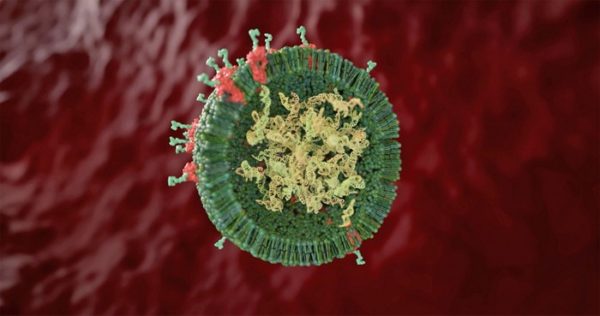
As we know, exosomes are small vesicles secreted by cells. Therefore, exosomes have the characteristics of donor cells and have certain cell specificity. In a large number of studies on exosomes in cancer patients, it has been found that exosomes secreted by cancer cells have characteristic molecules that can be used to distinguish other exosomes, and can be used as molecular markers for cancer diagnosis. At present, the common molecular…
Overview of Formation and Function of Exosomes as well as The Important Role in The Occurrence and Deterioration of Cancer
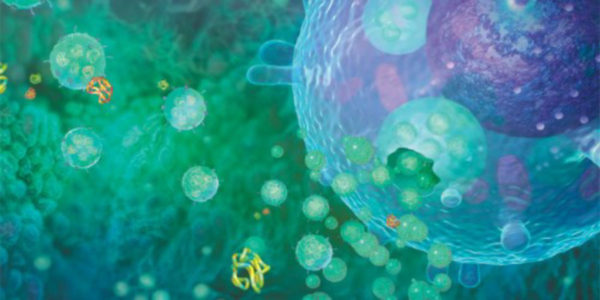
In the early 1980s, researchers discovered exocytosis in normal cells or tumor cells cultured in vitro, and cells secreted vesicle structures with cell membrane characteristics in their culture medium. In 1983, Johnstone found that in vitro cultured sheep stromal erythrocytes excreted small vesicle structures containing transferrin receptors during maturation, they named the small vesicle structure released by the cell as an exosomes. Early detection of exocrine-secreting cells is mainly…
New Study Reveals That Protein TRAIP is The Major Regulator of DNA Cross-linking Repair
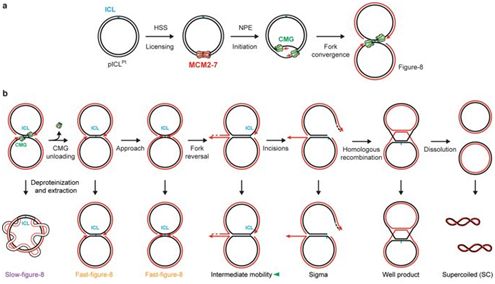
In general, there are multiple pathways taken by cells to repair the same DNA damage, and the choice of repair pathway is important for maintaining genomic fidelity. Cross-linking between DNA strands covalently links two DNA strands together, thereby blocking DNA replication and transcription, chemotherapy takes effect by utilizing the cytotoxicity of these crosslinks. In Xenopus laevis egg extracts, the collision of the replication fork with the interstrand crosslinker initiated two…
Summary on The Status Quo and Future Development of Protein Modification Research
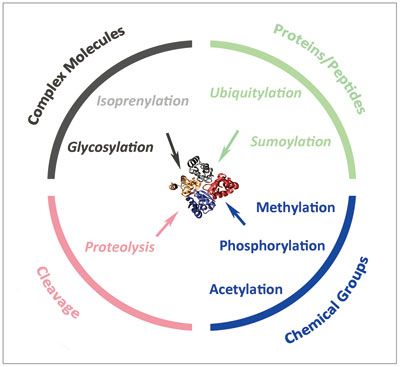
Protein post-translational modifications (PTM) include phosphorylation, methylation, acetylation etc. Protein expression is regulated by genomics and epigenetics, and after expression, it needs to be modified to different degrees to perform the required functions. PTM research is crucial. Here, let’s review the significant research in the field of protein modification in 2018. PNAS: Ubiquitin-like protein ubiquilin 2 (UBQLN2) regulates ALS/FTD-linked FUS-RNA complex kinetics and stress granule formation The ubiquitin-like protein…
New Study Reveals the Molecular Mechanism of Transcription Factor ‘Surveying’ The Genome of Cells
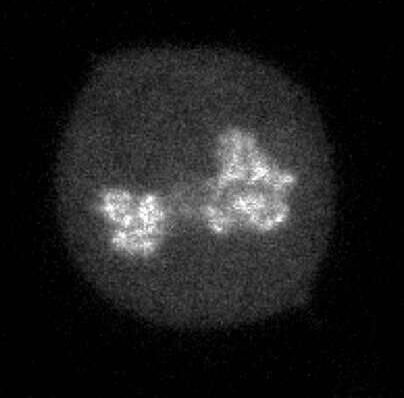
Transcription factors (TFs) are specific proteins that regulate gene expression, which can search for and bind specific regions in the entire genome to regulate gene expression. We all know that transcription factors not only bind to specific DNA sequences, but also bind non-specifically to any DNA strand. These non-specific associations can significantly increase the ability of transcription factors to find specific targets. However, researchers are not aware of how the…
New Study Published on Science Discovered A Gene that Can Promote Sleep While Getting Sick
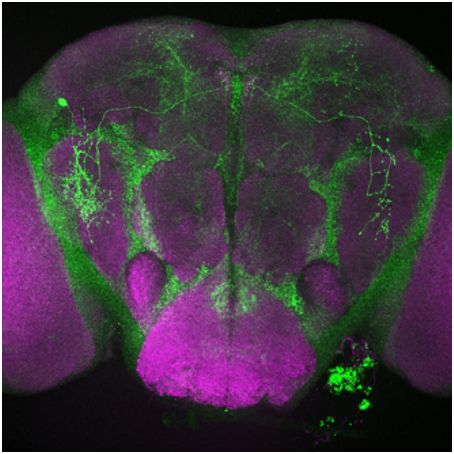
Humans spend nearly a third of their time sleeping, but sleep is still one of the most enduring mysteries in biology. So far, scientists don’t know which genetic or molecular power is driving people to sleep. In a new study, researchers from the University of Pennsylvania’s Perelman School of Medicine discovered that a gene called Nemuri increased the need for sleep by studying more than 12,000 strains of fruit flies….
Revealing the Mechanism of Cancer Cells Spreading Through Hijacking of Immune Cells in vivo
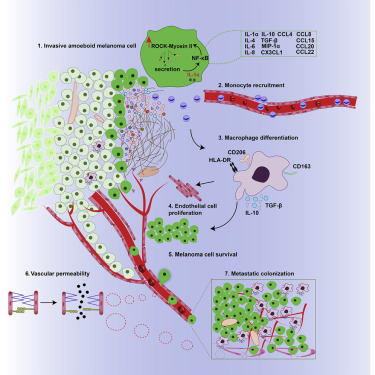
In a new study, researchers from Queen Mary College, University of London, UK, discovered that molecules released from invasive skin cancer reprogram the healthy immune cells to help spread cancer. Targeting these molecules with inhibitory drugs may help prevent this invasive skin cancer from recurring after treatment. The results of the study were published in the Cell, entitled “Regional Activation of Myosin II in Cancer Cells Drives Tumor Progression via…
